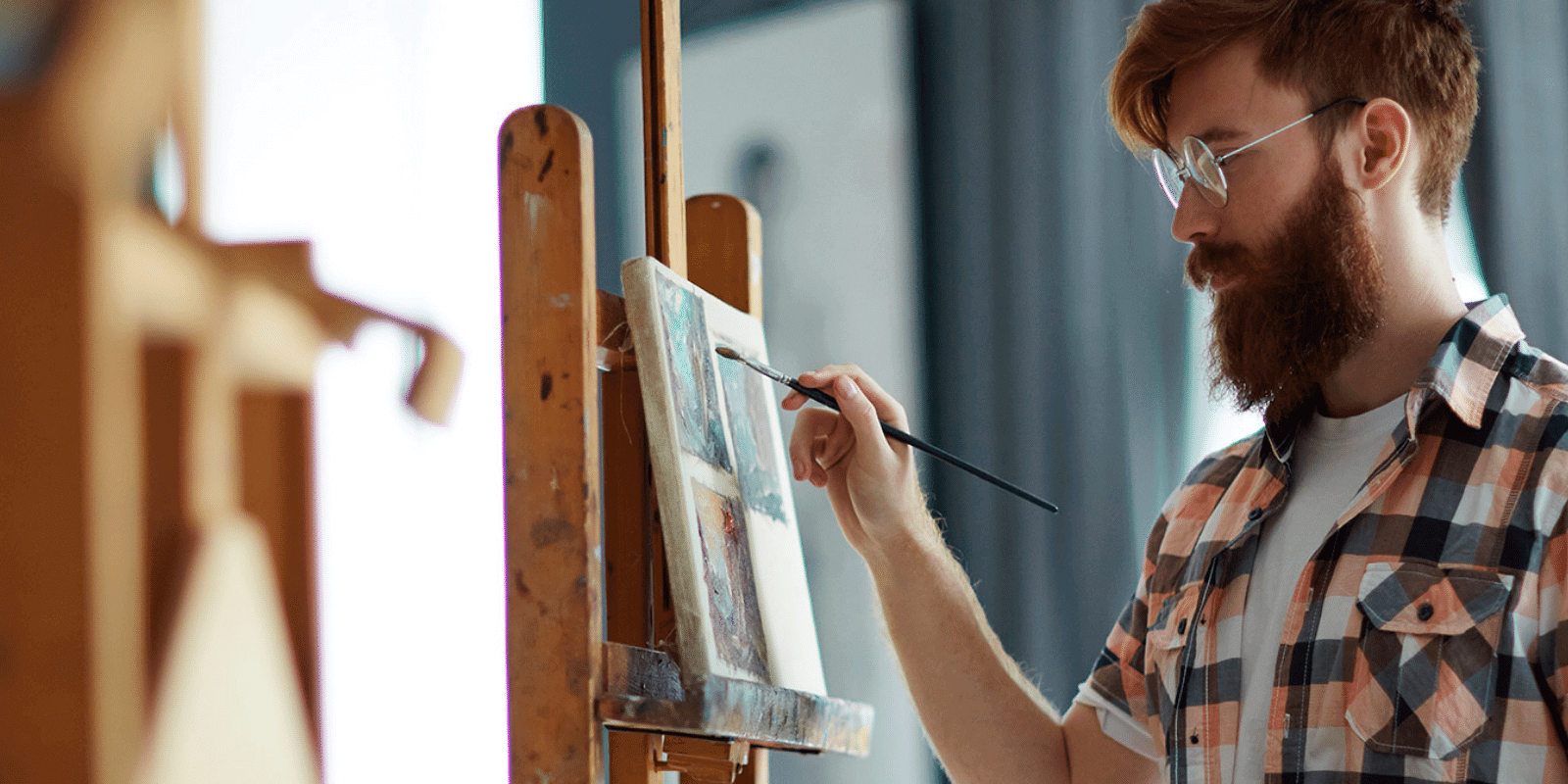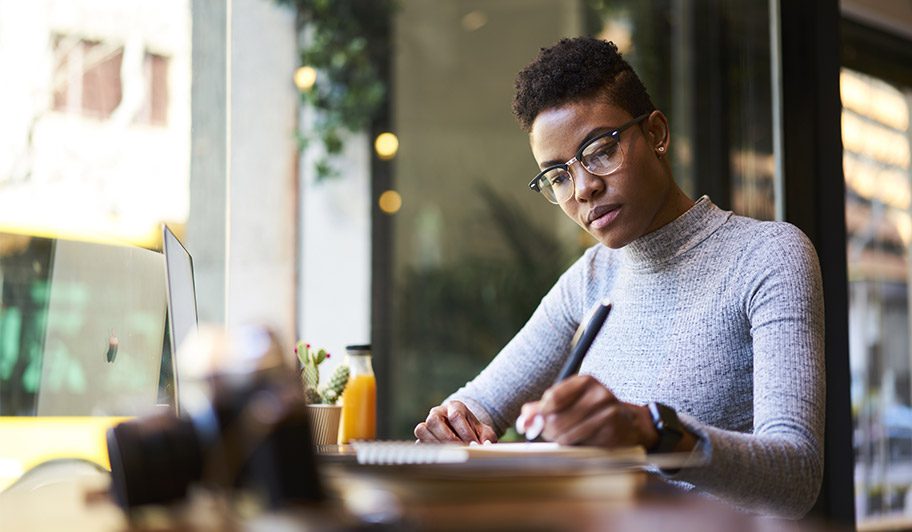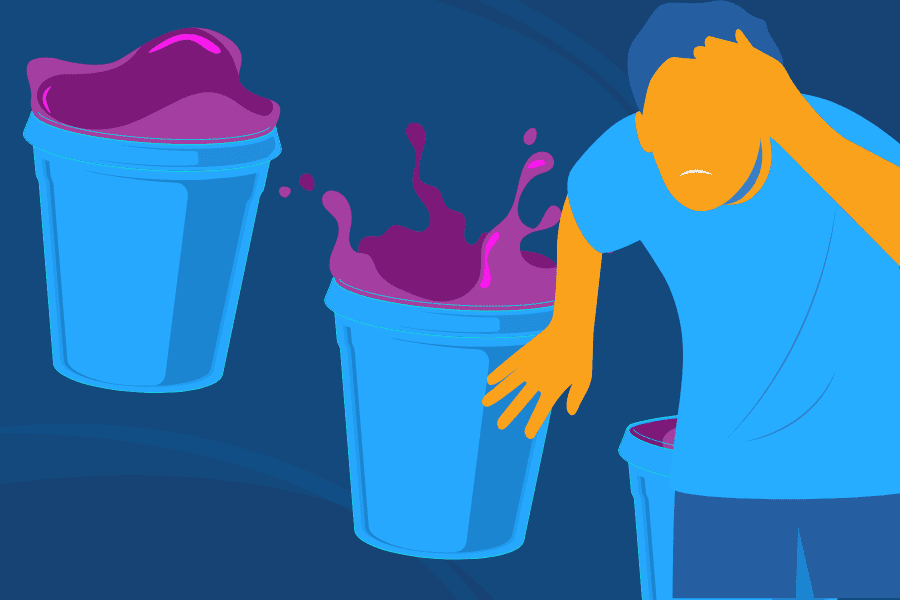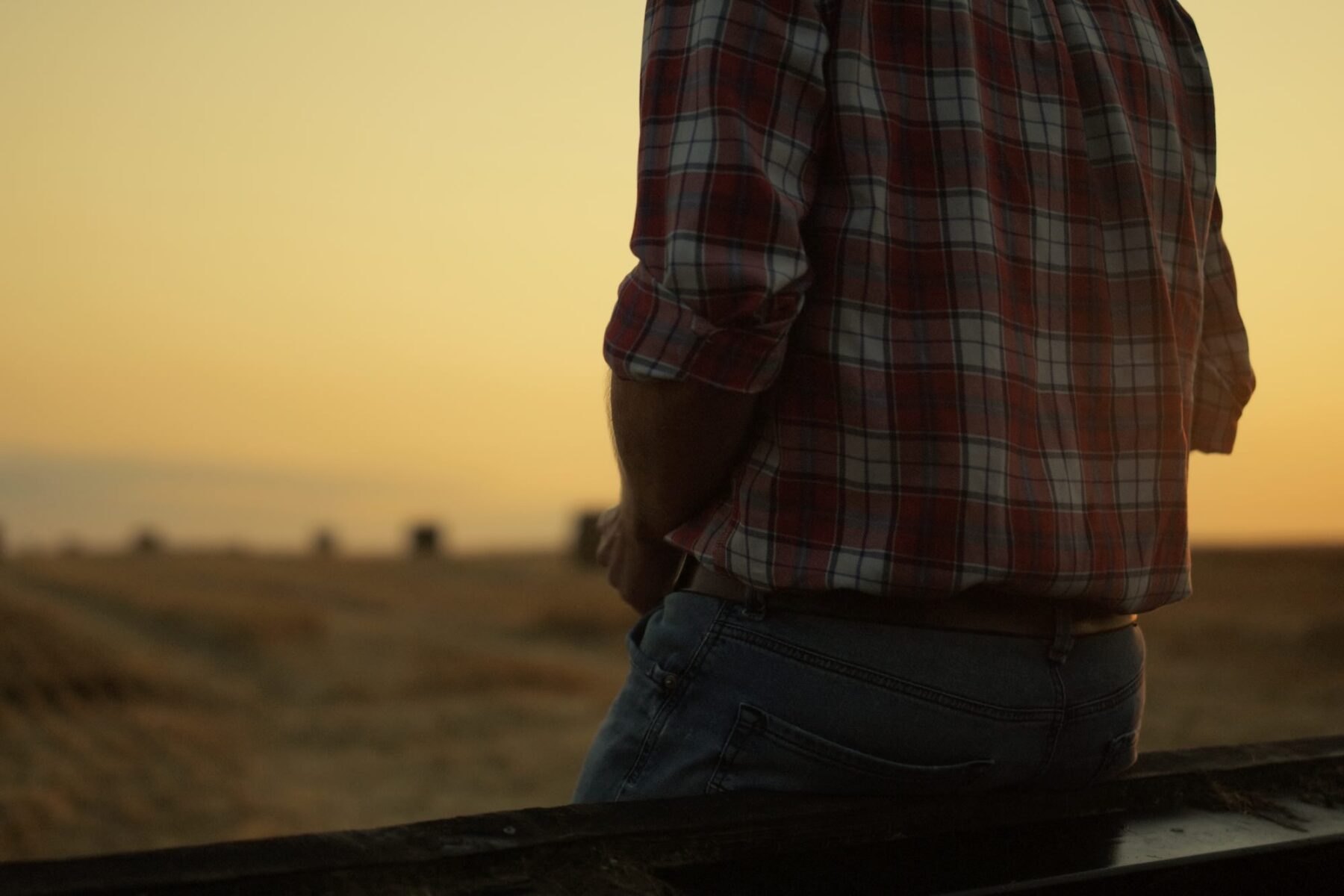What is Creativity?
In today’s society, there is a largely accepted idea that you have to be an artist to be creative, but creativity is not just limited to art and design. Every single person on this planet has the capability to be creative, and often is.
Engineers, inventors, and teachers use creativity just as much as writers, painters, and musicians do!
There are many different definitions of creativity, but they all encompass the same thing. Creativity, at its core, is the ability to generate or recognize ideas, alternatives, or possibilities.
Thinking outside the box, seeing connections that others did not, and creating new and beautiful things all encompass the broader spectrum of creativity.
Are Drugs & Alcohol an Essential Part of the Creative Process?
According to the National Institute on Drug Abuse (NIDA), there are two main reasons creative people use and abuse substances: to enhance imagination or awareness, and to self-medicate.
It has long been said that art stems from pain and hardship, and substance use is an extremely common way of coping with emotional distress and mental health issues.
People who struggle with depression, anxiety, and post-traumatic stress disorder are extremely likely to experiment with drugs in order to numb their symptoms, but what starts out as a way of coping with mental health symptoms can easily turn into a dependency or addiction.
In our current society, drugs and alcohol have become extremely normalized, if not romanticized. A common myth about artists and creative people is that they use drugs and alcohol in order to channel inspiration and make better art.
While this is true for some creators, drug and alcohol use is absolutely not essential to the creative process.
How Drugs & Alcohol Affect Your Creativity
The myth that drugs and alcohol boost creativity is one that enables and normalizes substance abuse and addiction. Nearly one-third of all individuals who are diagnosed with a mental illness also struggle with a substance abuse issue on some level (National Alliance on Mental Illness).
A considerable number of artists and creators struggle with mental health issues, which is where substance abuse and addiction can stem from. Many artists also cling to the idea that their substance of choice will make them successful, will promote their creativity, and will ultimately enhance their mental and emotional stability.

How To Stay Creative (Without Drugs or Alcohol)
Stephen King, one of the world’s most well-known horror authors, opened up in 2017 about the biggest monster he’s faced: addiction. Like many individuals who have battled addiction, it took many tries for King to get, and stay, sober. He noted that one of his biggest fears about living sober was losing his ability to write and to be creative.
Initially after getting sober, he found it extremely difficult (if not impossible) to write. Slowly but surely, he learned how to channel his creativity into creating incredible written works of art once again.
Studies done in regard to artists who have faced addiction and are now sober actually suggest that creativity increases during recovery and sobriety.
There are several reasons for this, but the biggest one is that you’re clear-headed when you’re not using drugs and alcohol! Cognitive functioning improves, judgment is not clouded, and time is not spent seeking out drugs and alcohol.
Here are some ideas for staying creative during recovery and sobriety:
- Keep an Idea Journal
- Sometimes when we think of ideas, we don’t remember them later on. It’s easy to have an idea you think is amazing, only to completely forget it when you have time to execute it later on. Keeping a small book to write down ideas as soon as you have them is a great way to keep track of the things you want to create, projects you want to do, and things that inspire you.
- Don’t be Afraid of Failure
- Not every piece of art is going to be a masterpiece. Just like with anything else, you have to practice in order to get better. Vincent Van Gogh produced around 2,000 pieces of art, but we only hear about 60 of them. Don’t be afraid to create something you may not fall in love with.
- Make Time For Creativity
- We all have busy schedules, and it can be extremely easy to use that as an excuse not to create. Build time into your schedule to spend time with yourself and whatever your chosen art medium is, even if it’s just a few minutes a week. Start small, and make a conscious effort to create new things or practice your skills.







